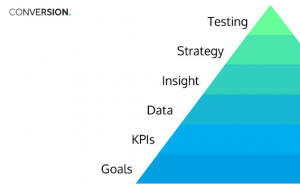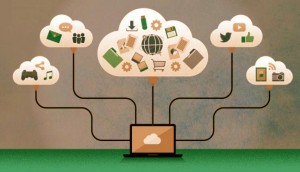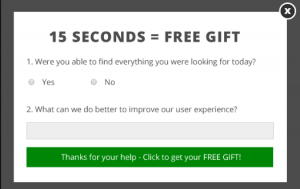— February 5, 2019
Businesses can receive feedback in a number of ways, and social media is a favorite venue for customers to share their experiences:
- On Facebook, a customer can either recommend or not recommend your business by leaving a review.
- On Twitter, a customer can use your company’s “handle” to describe an experience (and possibly associate your business with a hashtag).
- On Yelp or Google, customers can use the traditional “star rating” system to rate your business and provide a narrative to give context to the rating.
Social media is no longer just for promotion. In fact, it can wind up being your most important customer service platform, depending on the age of your target customers.
Millennials prefer to contact a business through social media — 26% of customers ages 18 to 34 use social media to contact a company. This means it is increasingly important for businesses to monitor their social channels more diligently than ever, especially as millennials gain more purchasing power.
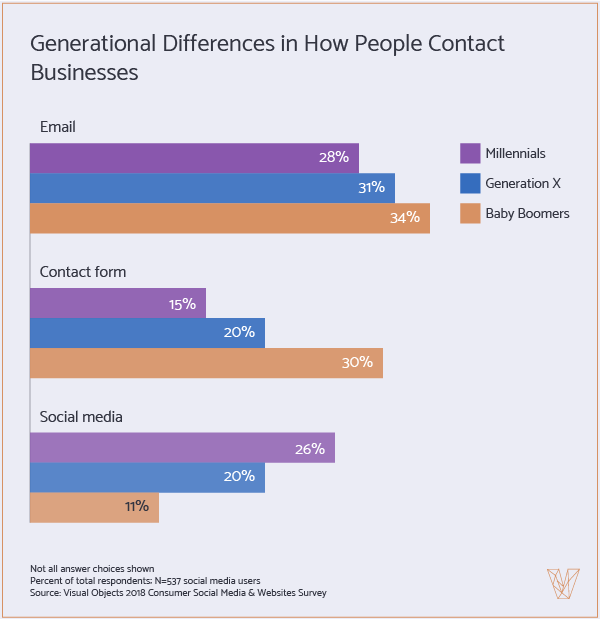
And the added bonus of social media “anonymity” increases the likelihood that your customers will use those channels to speak out, possibly in unflattering of ways toward your business.
People are talking about your company on social. Are you listening? More importantly, are you responding?
And most importantly, how quickly are you responding?
In today’s world, people expect immediate results. The majority of social media users expect responses in less than 24 hours, with a growing number expecting a response in an hour or less.
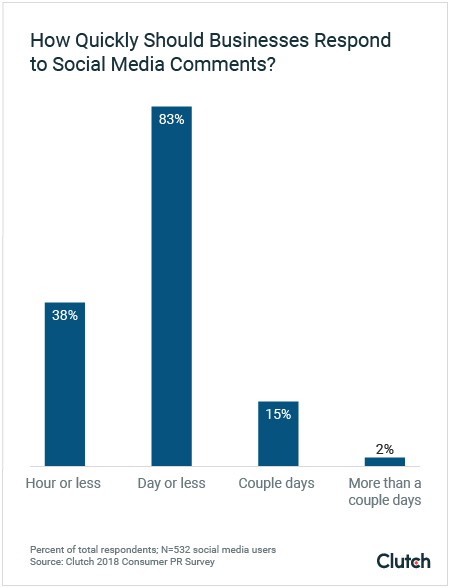
Social media response times can mean the difference between a satisfying customer experience and a disgruntled customer who is willing to shout from the proverbial rooftops about how terribly your business treated him or her.
That is where chatbots can be extremely important to improving your response time. Only 9% of people use chatbots to contact a business, but this number is only growing.
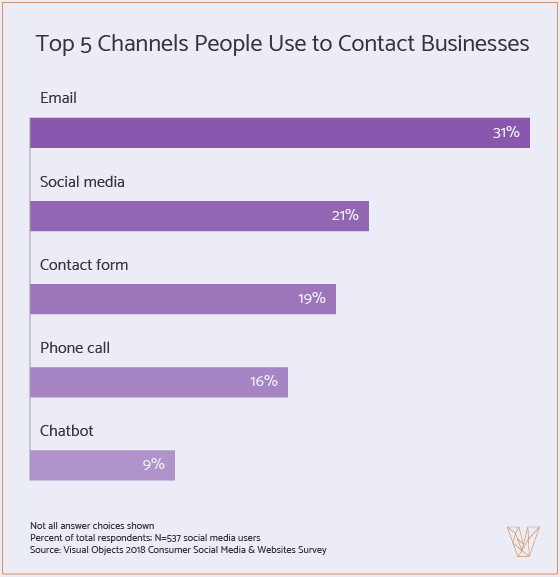
Chatbots are programs built to automatically engage with messages that are received on social media and websites. Chatbots can be extremely flexible — they can respond with a consistent message each time, or they can provide different responses based on certain keywords within the messages.
Many chatbots can use machine learning to adapt responses based on certain situations, such as crises or positive feedback.
Chatbots are also flexible in their deployment. In addition to Facebook and Twitter, chatbots can be used in any type of text-based environment, including text messages and website chat sessions, to receive and respond to messages.
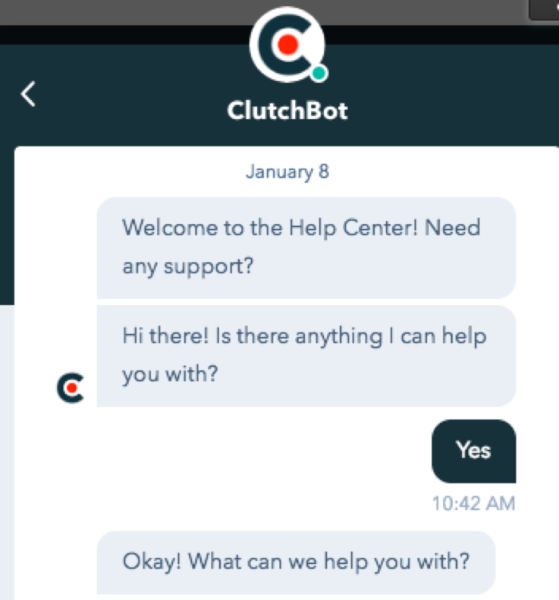
Chatbots aren’t a new business tool, but data from Google shows that search volume regarding “chatbots” grew significantly over the past five years.

Businesses have realized the value chatbots can bring. For example, KLM Royal Dutch Airlines developed a chatbot for Facebook Messenger called “BB” (short for “BlueBot”) to assist its human support team in handling the company’s more than 16,000 weekly customer interactions.
BB’s primary function is to help passengers book tickets and keep them up-to-date on flight status, gate changes, and similar data-driven functions.
While the majority of customers may still prefer to deal with a human responder, nearly 40% of people have no issue interacting with a chatbot if it allows them to get information quickly, according to data from Drift.
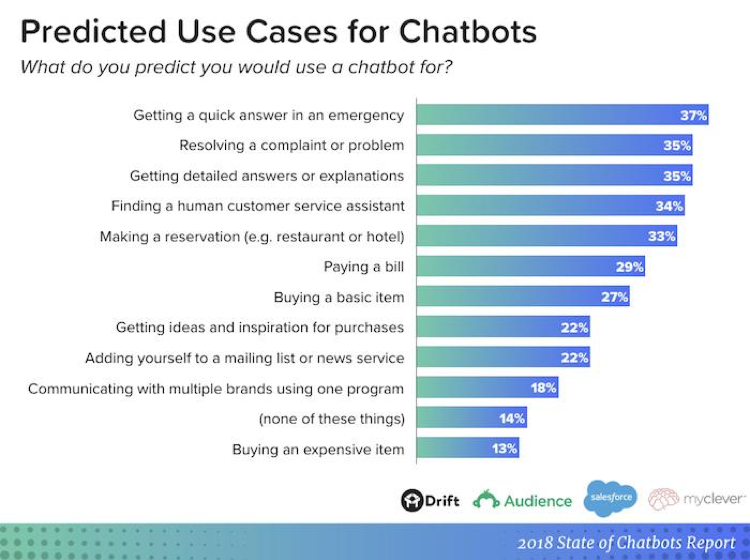
The biggest benefits for any company to employ chatbots are speed and availability, two areas that demonstrate the most value to consumers.
Chatbots are available 24/7/365. No holidays, no restrictions of “normal business hours,” and no waiting for the next available operator or customer service representative. Chatbots provide nearly instantaneous responses to simple questions, providing easy communication between your business and your customers. Chatbots can help supplement the support companies may need from digital marketing agencies.
However, chatbots can fall short in some areas, including friendliness, empathy, and the ability to provide more complex answers. Despite programmers’ best efforts to make chatbots seem more “human,” they can fall short in certain interactions.
But that doesn’t mean that your customers will rush to pick up a telephone. In fact, call centers — which can feature long wait times and language issues (depending on where the call center representatives are located) — are declining in popularity. Just 16% of people prefer to contact businesses through a phone call, which declines every year.
Rather, to successfully engage with customers in multiple age categories, it is imperative for a business to use a number of different channels. For example, 31% of people will contact a company through email to have a question answered, while 30% of baby boomers prefer to fill out a contact form on a company website.
Statistics show that 21% of people prefer to use social media to engage with a business. That means that social media should be an essential part of your business’s customer service strategy, especially if your company targets younger customers.
Digital & Social Articles on Business 2 Community
(32)


